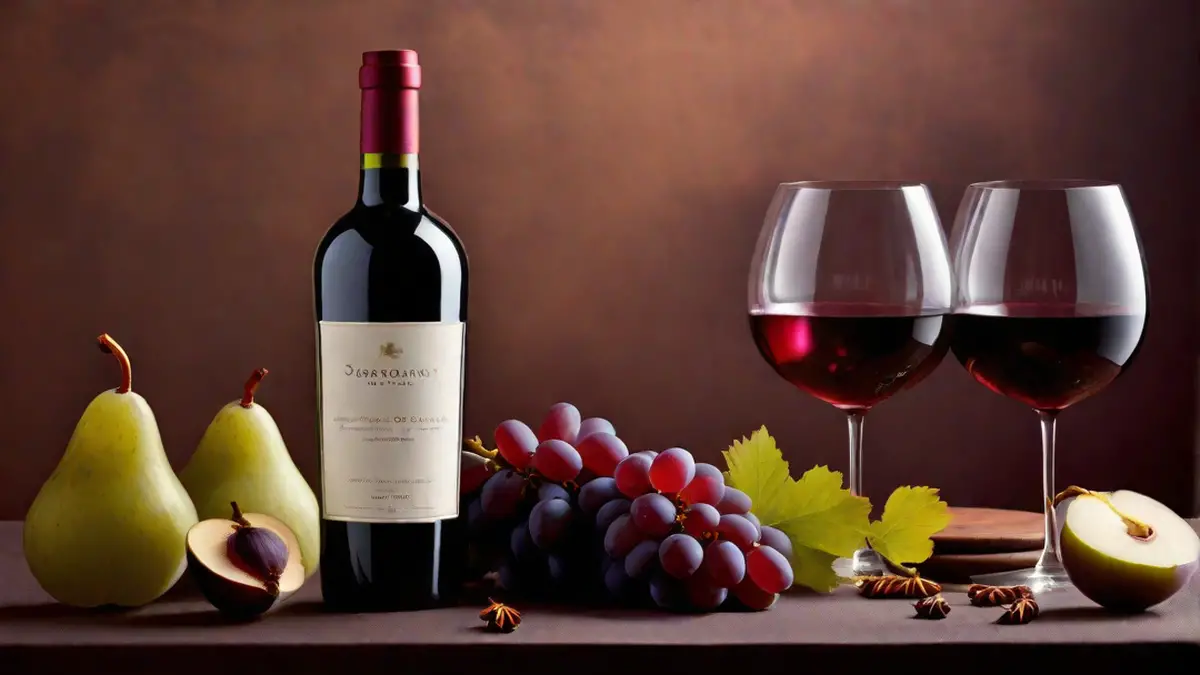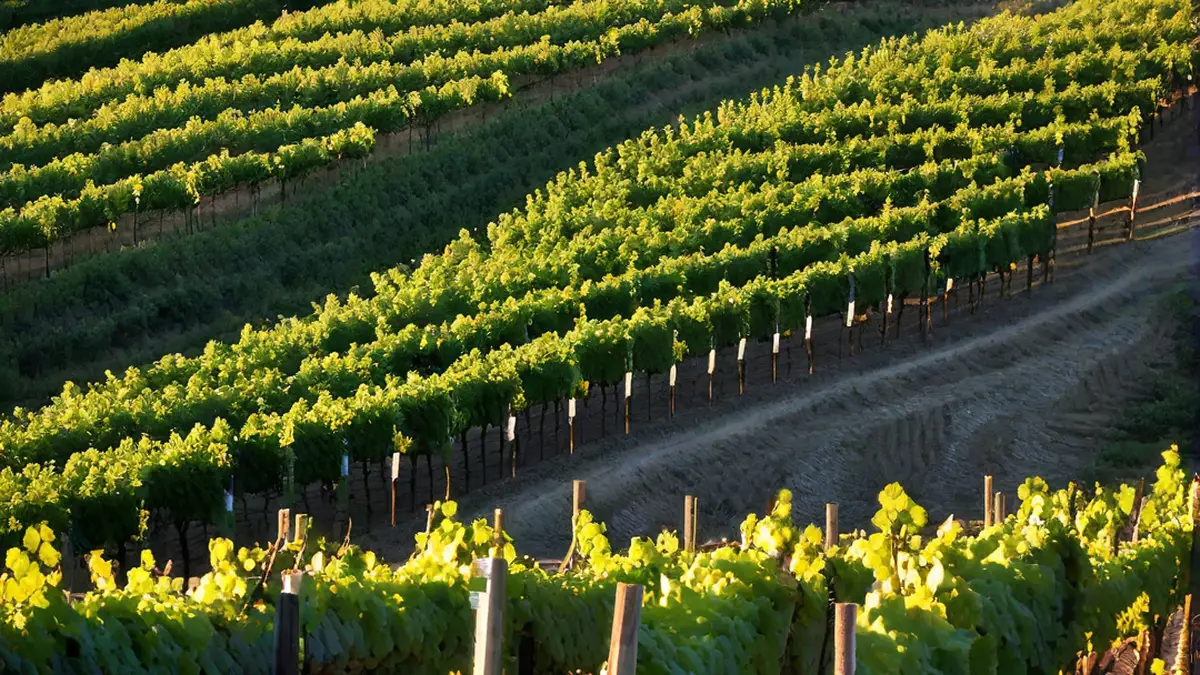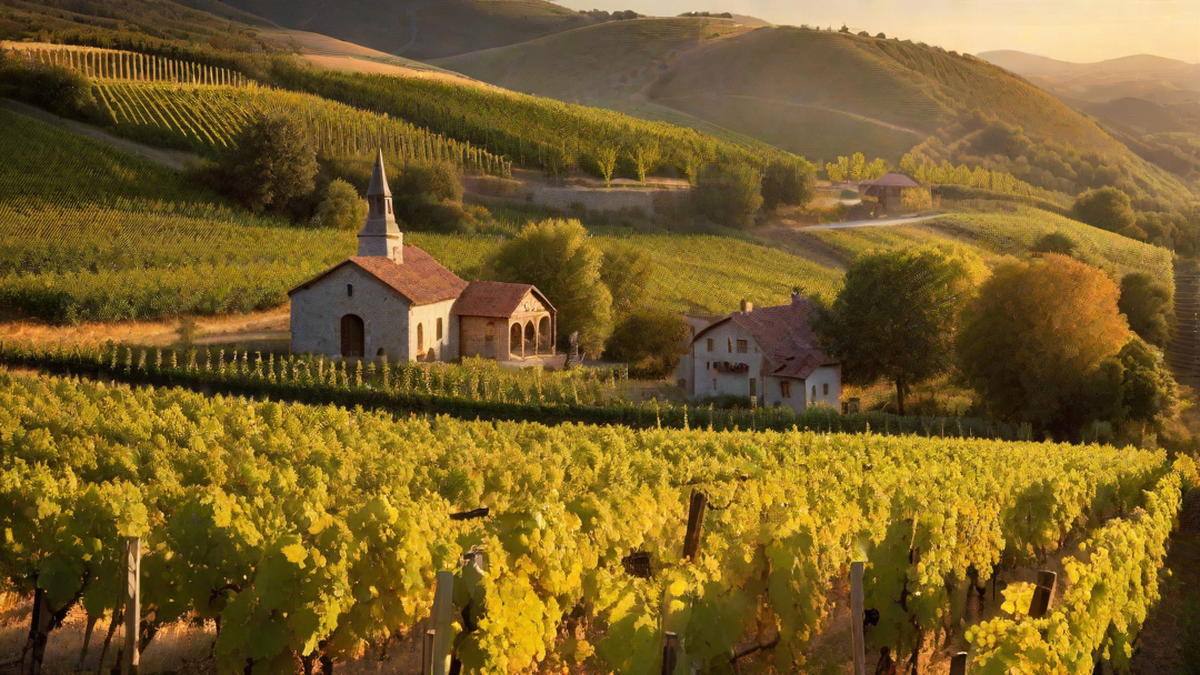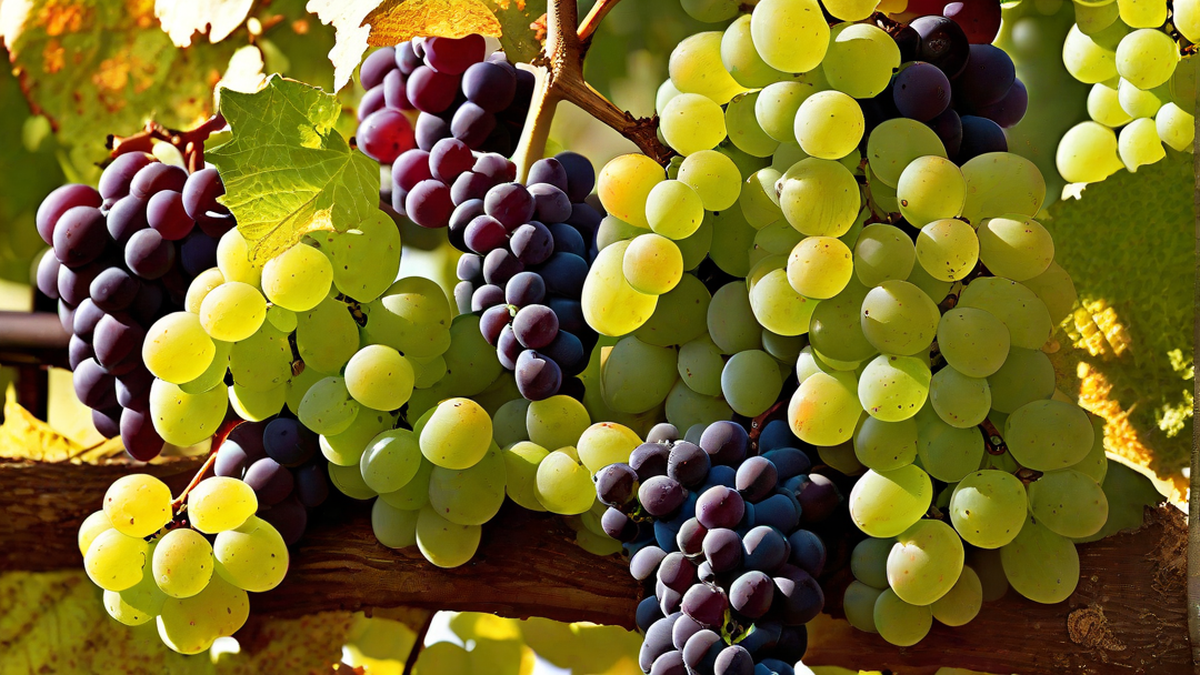Through my own personal experience as a fan of wine, I have learned that yeast plays a significant part in the process of creating wine. Yeast is accountable for fermentation, the miraculous process that turns grape juice into wine. However, not all yeast is the same, and selecting the appropriate type can significantly impact the taste and scent of the end product.
When it comes to selecting yeast for winemaking, there are two main options: natural yeast and commercial yeast. Natural yeast, also known as “wild yeast,” occurs naturally on grape skins and in the winery environment. Using natural yeast can add a unique character and complexity to the wine, as it reflects the terroir and local microflora. However, it can be unpredictable and may result in inconsistent fermentation.
On the other hand, commercial yeast strains are specifically cultured for winemaking. They are selected for their ability to produce desirable flavors and aromas, as well as their reliability in fermentation. Commercial yeast strains come in various types, each with its own characteristics and recommended applications.
Selecting the Right Yeast Strain
When choosing a yeast strain for winemaking, it’s important to consider the grape variety, desired wine style, and fermentation conditions. Different yeast strains can enhance specific flavors and aromas, making them more suitable for certain wine styles.
For example, if you’re making a fruity white wine, you might consider using a yeast strain known for enhancing fruity aromas, such as Lalvin D47 or EC1118. These strains are known for their ability to retain varietal character and produce clean, crisp wines.
For red wines, you might opt for a yeast strain that can extract color and enhance tannin structure. Some popular choices include RC212 and BDX. These strains can contribute to the development of complex flavors and improve aging potential.
Managing Fermentation with Yeast
Once you’ve chosen the right yeast strain, it’s important to provide the optimal conditions for fermentation. Yeast requires a suitable temperature range, oxygen, and nutrients to thrive and perform its magical transformation of grape juice into wine.
Temperature control is crucial during fermentation. Too high of a temperature can result in off-flavors and spoil the delicate aromas of the wine. On the other hand, too low of a temperature can lead to sluggish fermentation or even yeast dormancy. It’s advisable to follow the specific temperature recommendations provided by the yeast manufacturer.
Oxygen exposure should be minimized during fermentation. Excessive oxygen can lead to oxidation and spoilage of the wine. This can be achieved by using a fermentation vessel with an airlock or by pumping over the fermenting wine to promote oxygen exclusion.
Nutrient management is another vital aspect of fermentation. Yeast requires essential nutrients, such as nitrogen, vitamins, and minerals, to carry out fermentation efficiently. Inadequate nutrient levels can result in stuck fermentation or production of off-flavors. It’s recommended to follow the yeast manufacturer’s guidelines regarding nutrient supplementation.
Conclusion
Choosing the right kind of yeast for winemaking can significantly impact the quality and character of the final wine. Whether you opt for natural yeast or commercial strains, understanding the specific characteristics and requirements of each yeast strain is essential.
By selecting the appropriate yeast strain and providing suitable fermentation conditions, you can unleash the full potential of your grapes and craft wines that truly reflect your personal style and preferences. So, go ahead, experiment, and let the yeast work its magic in creating your own unique wines!




